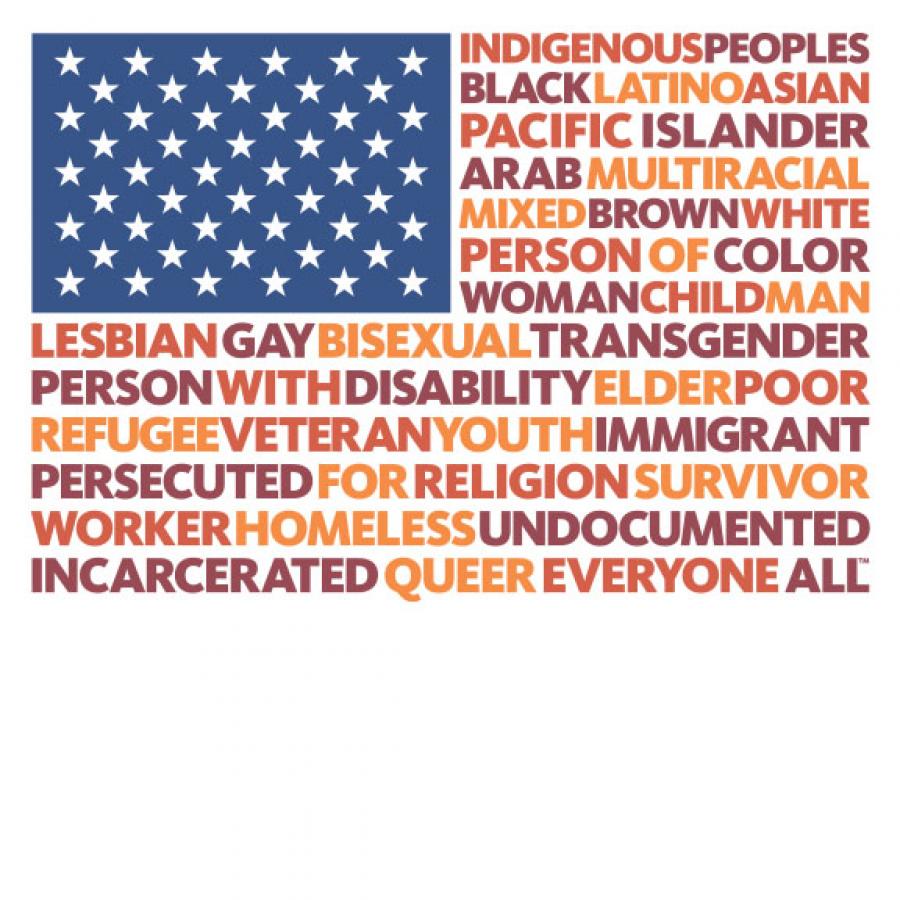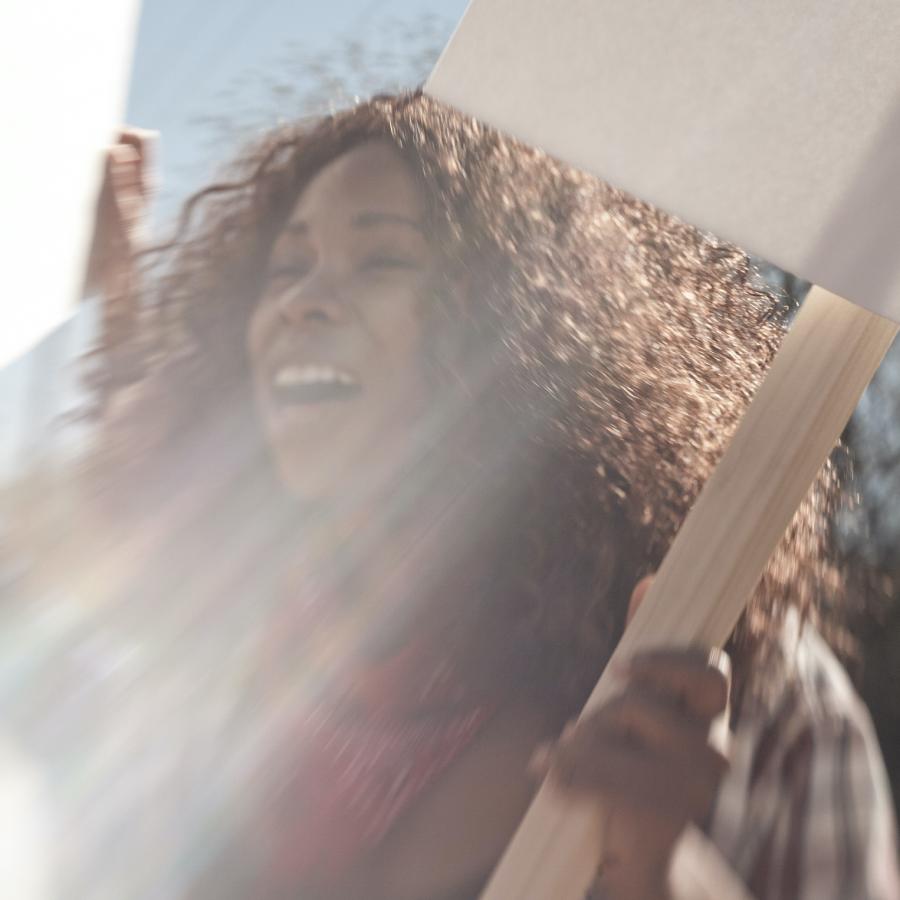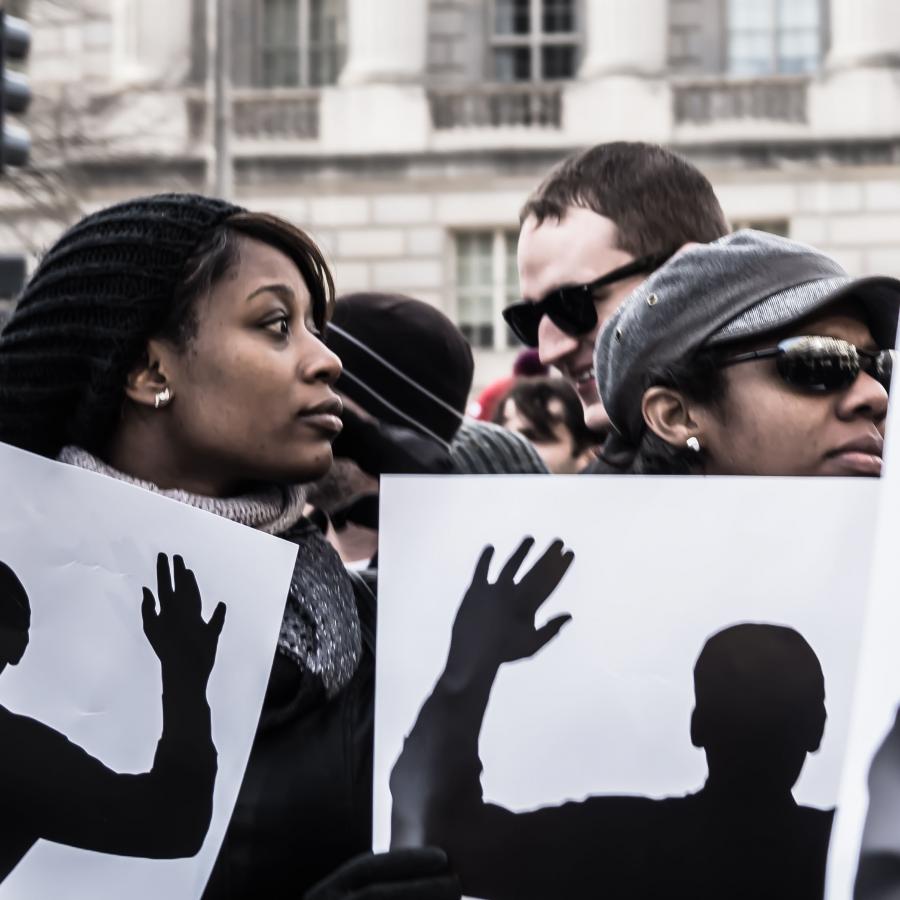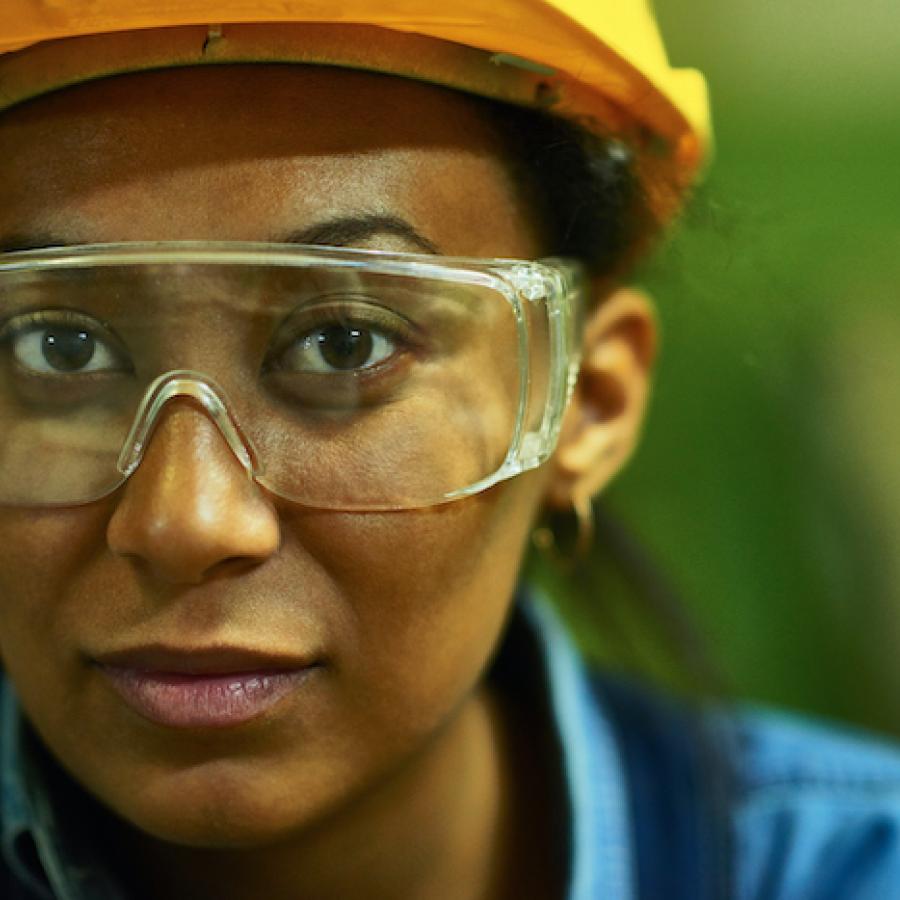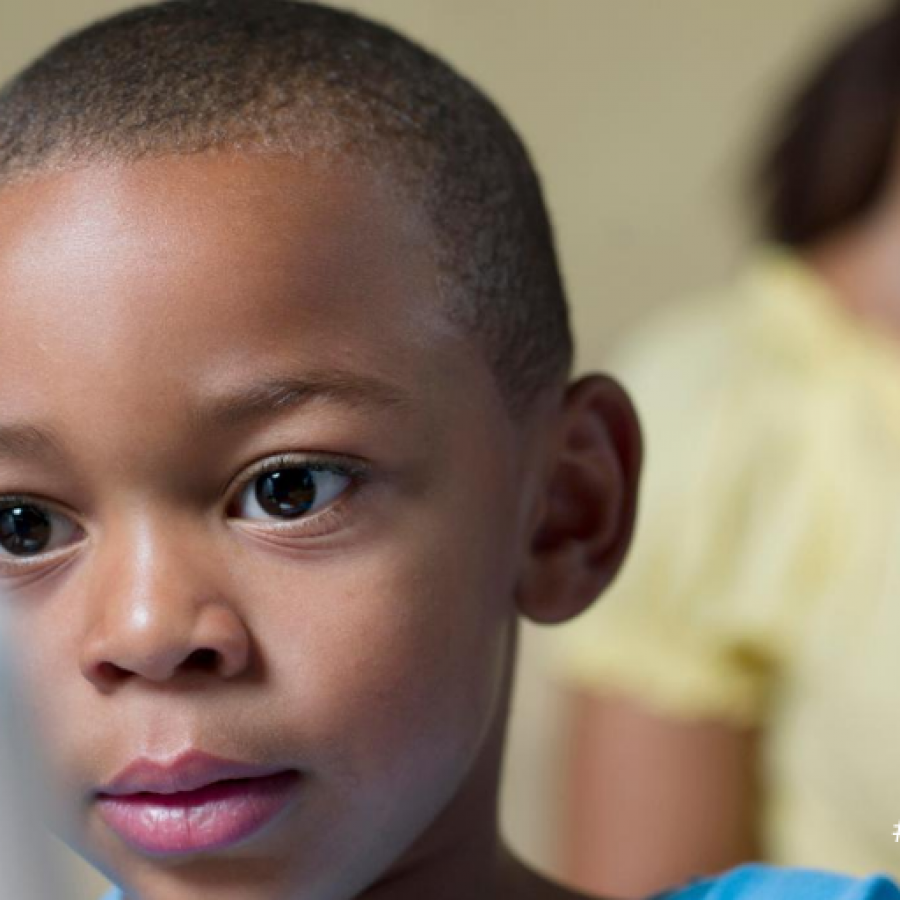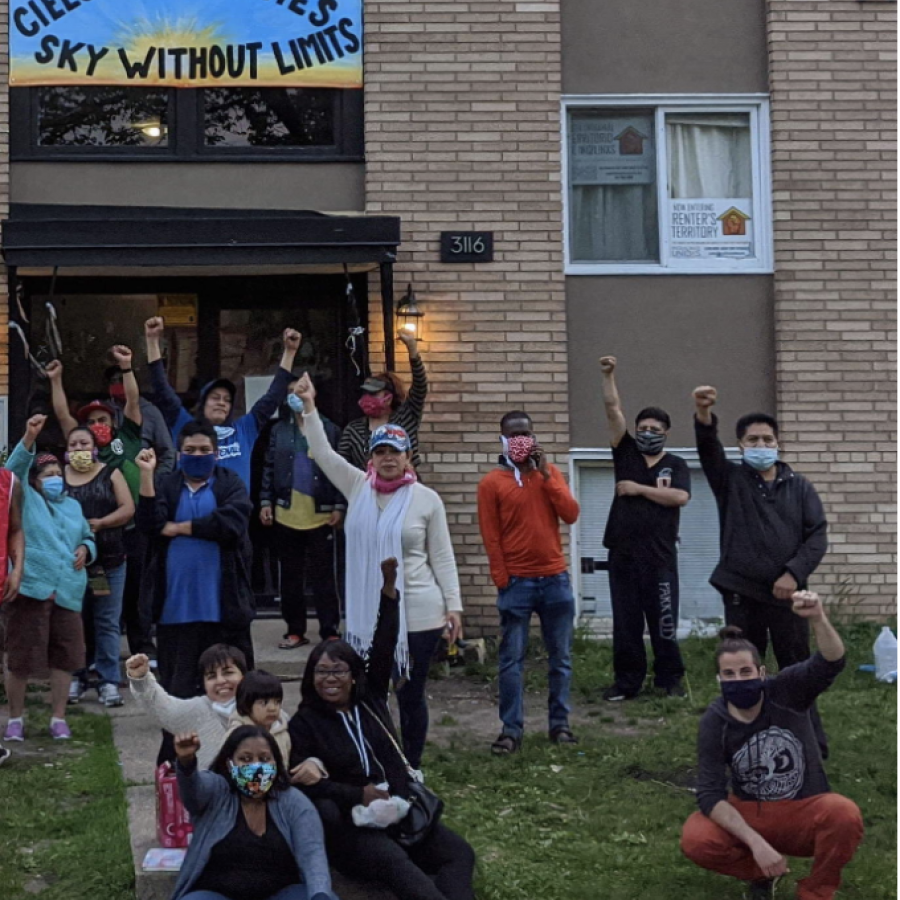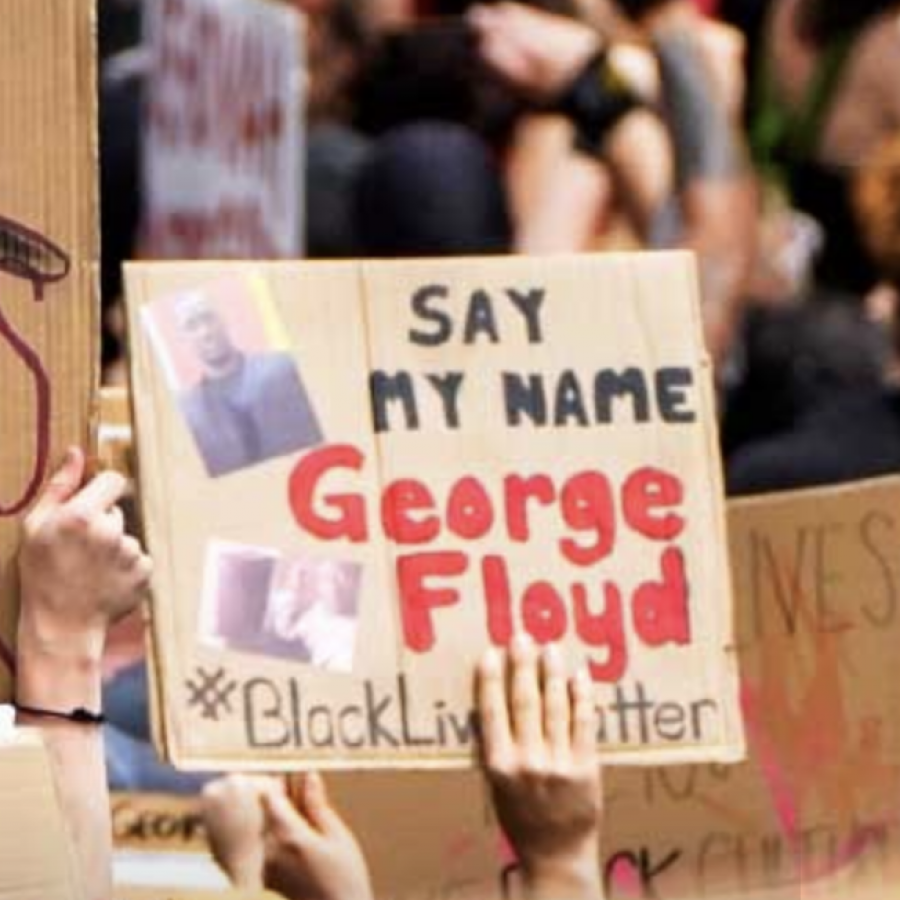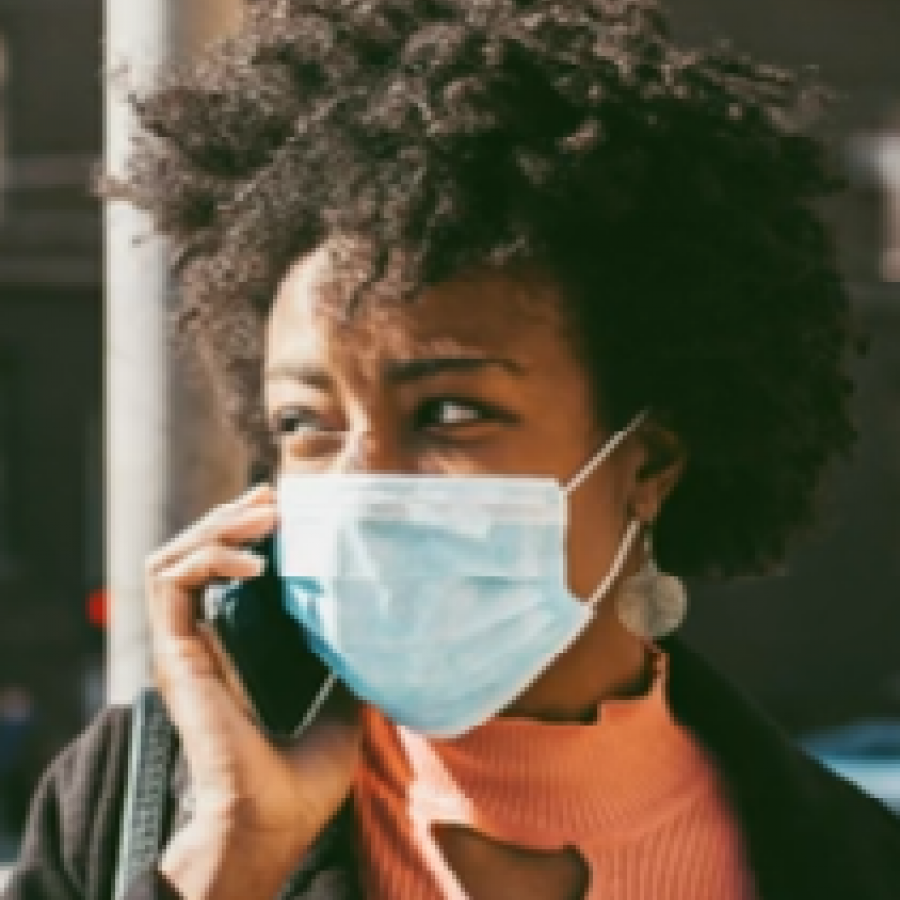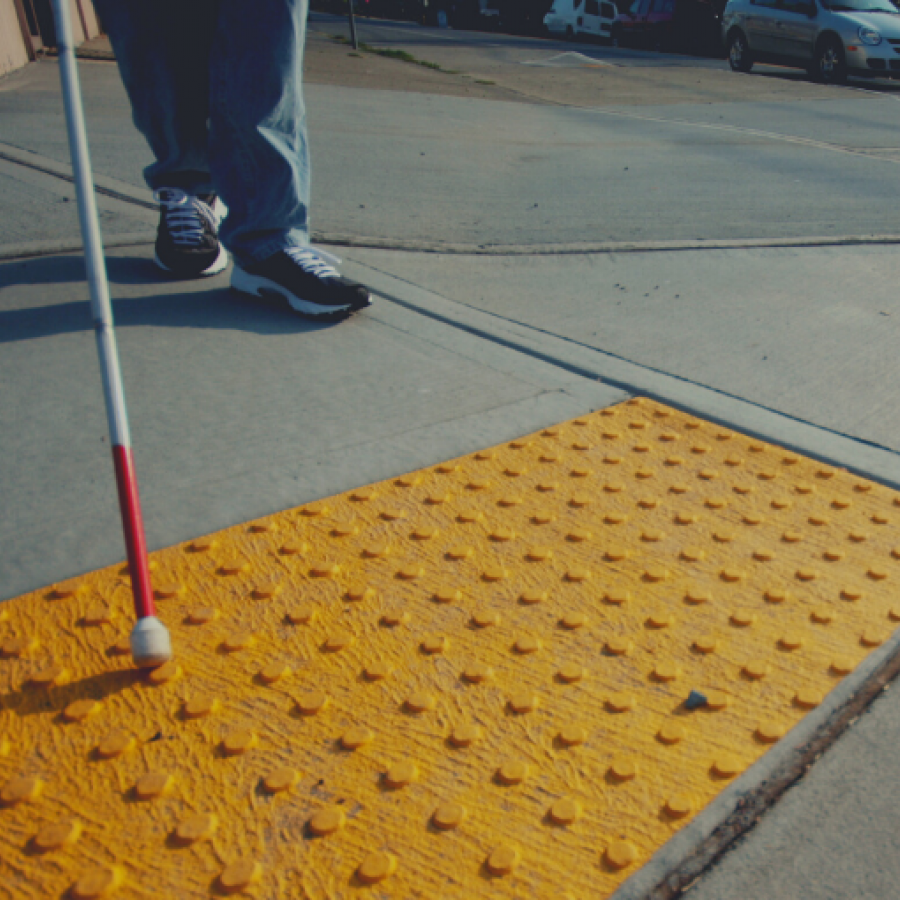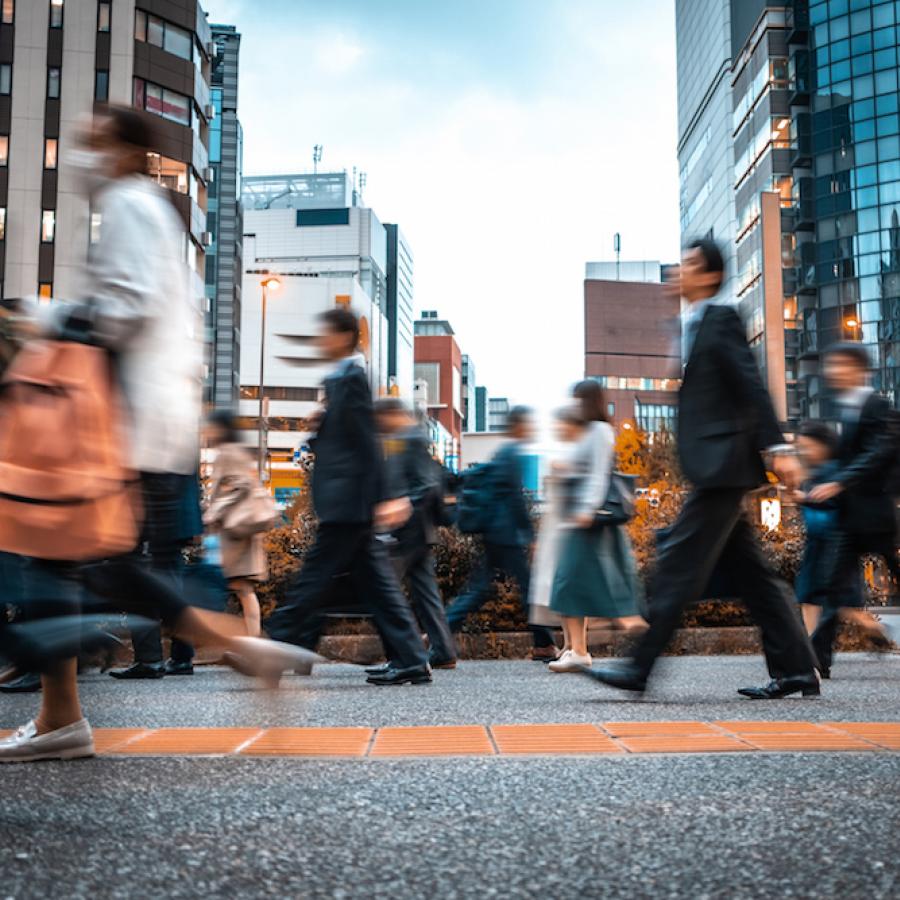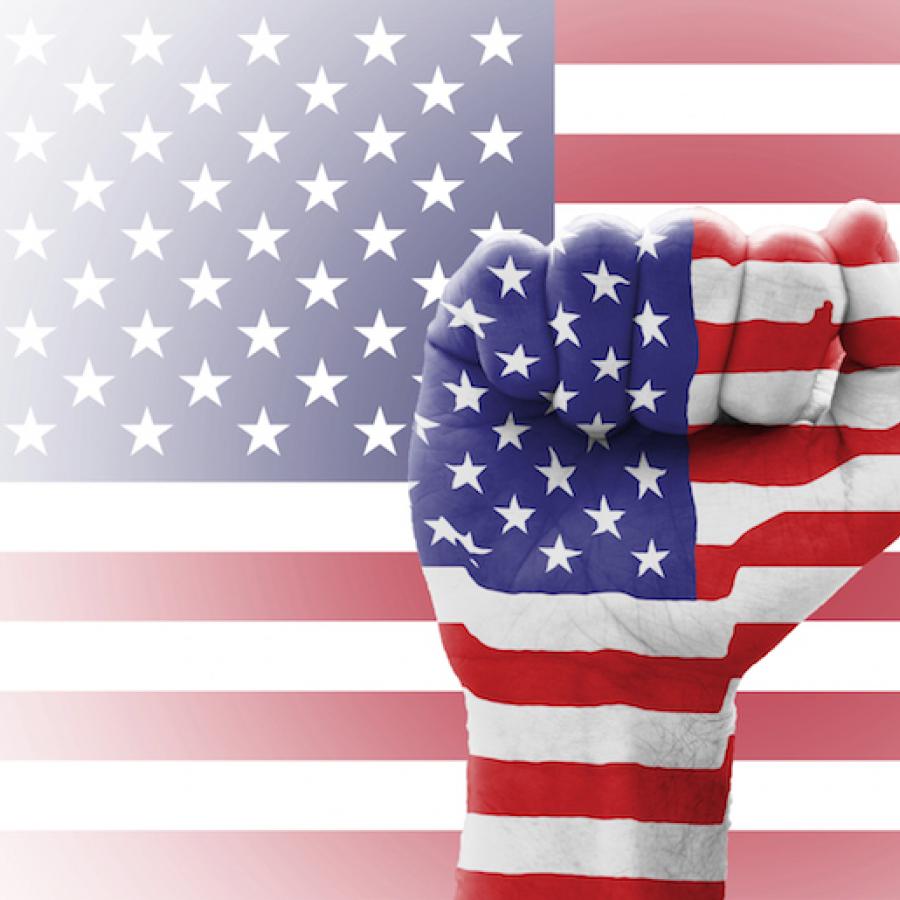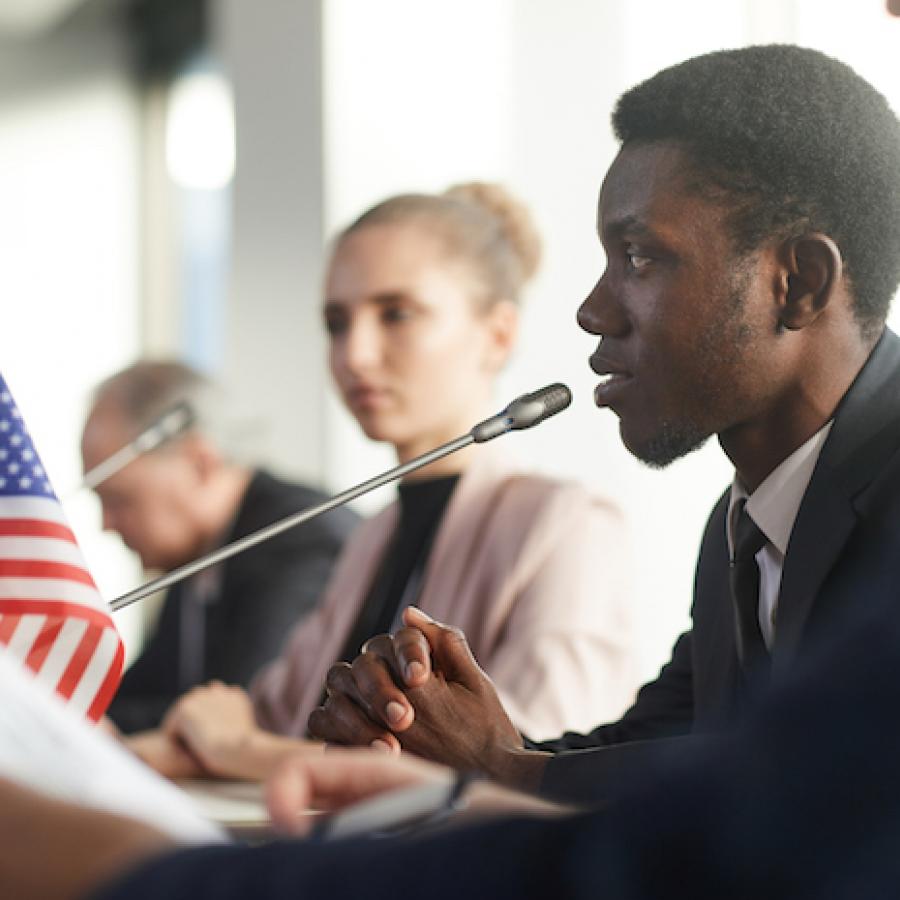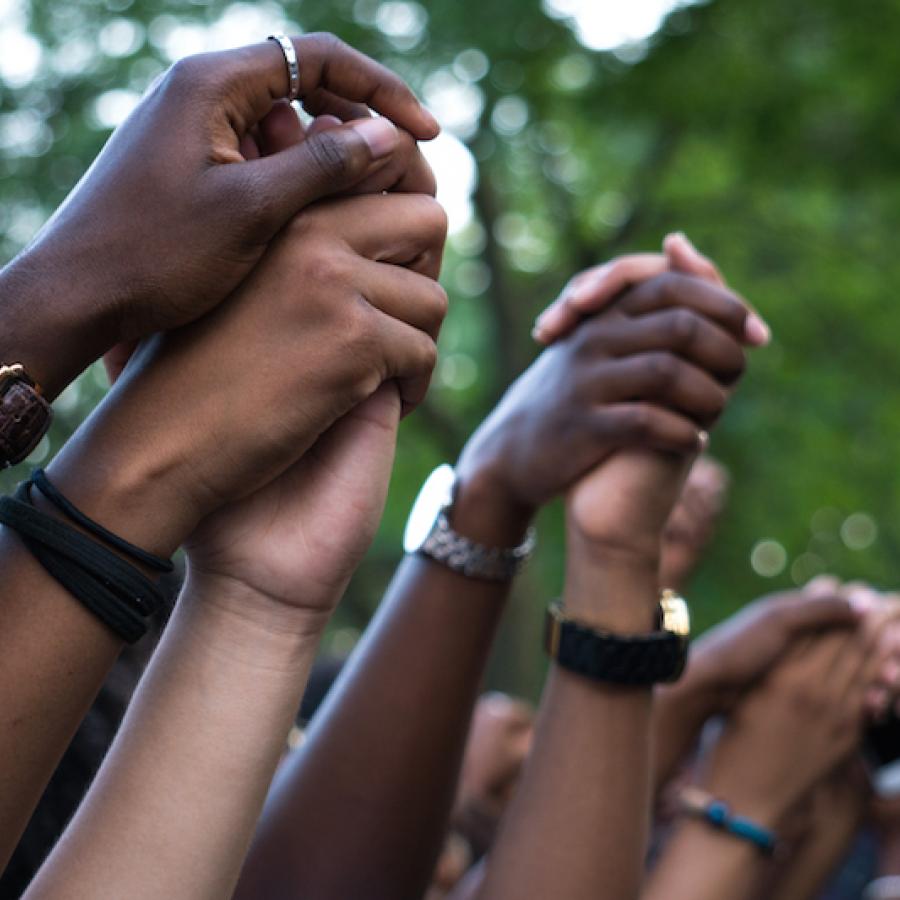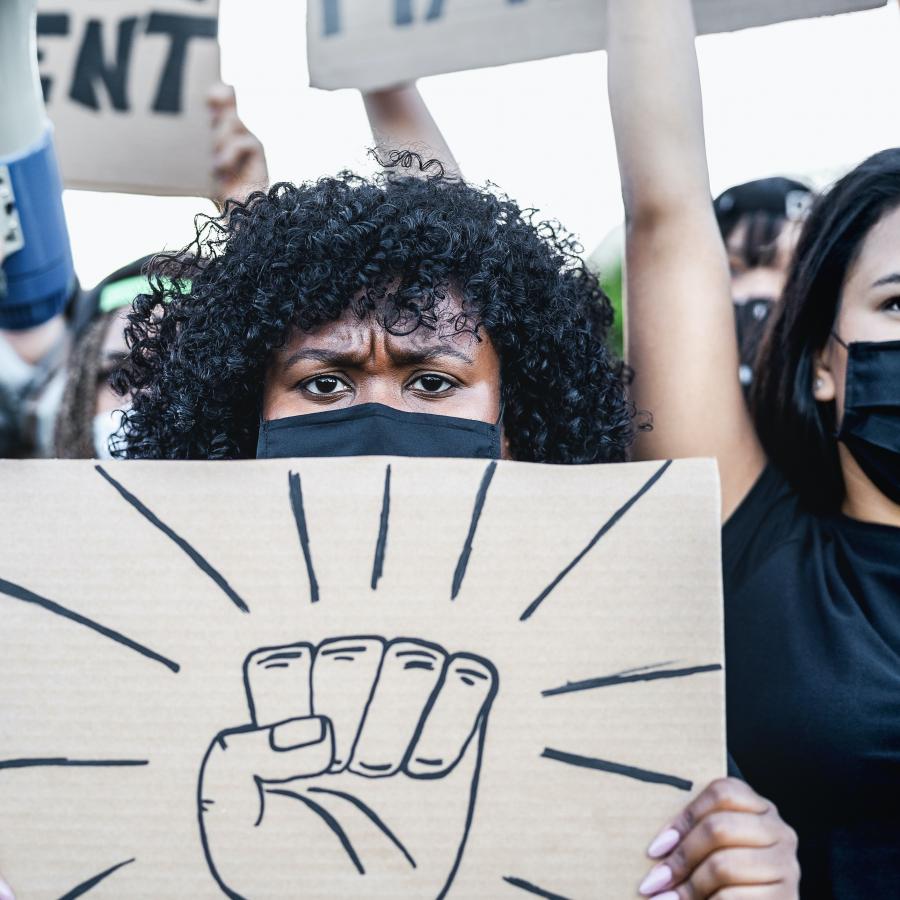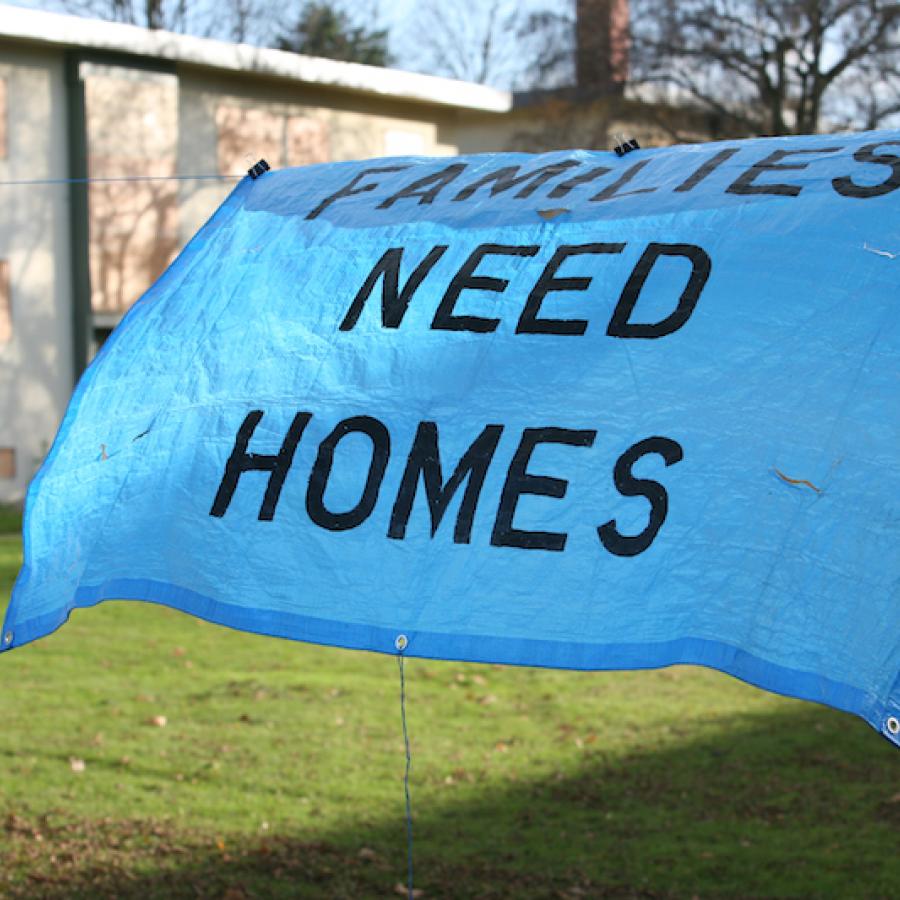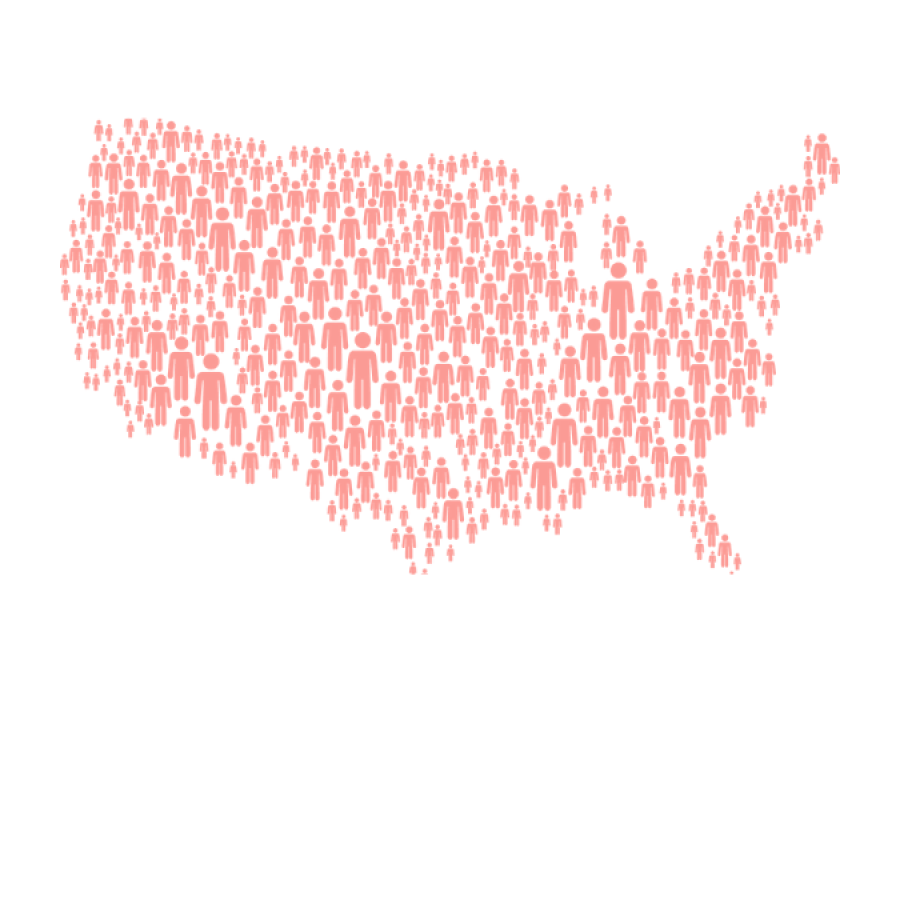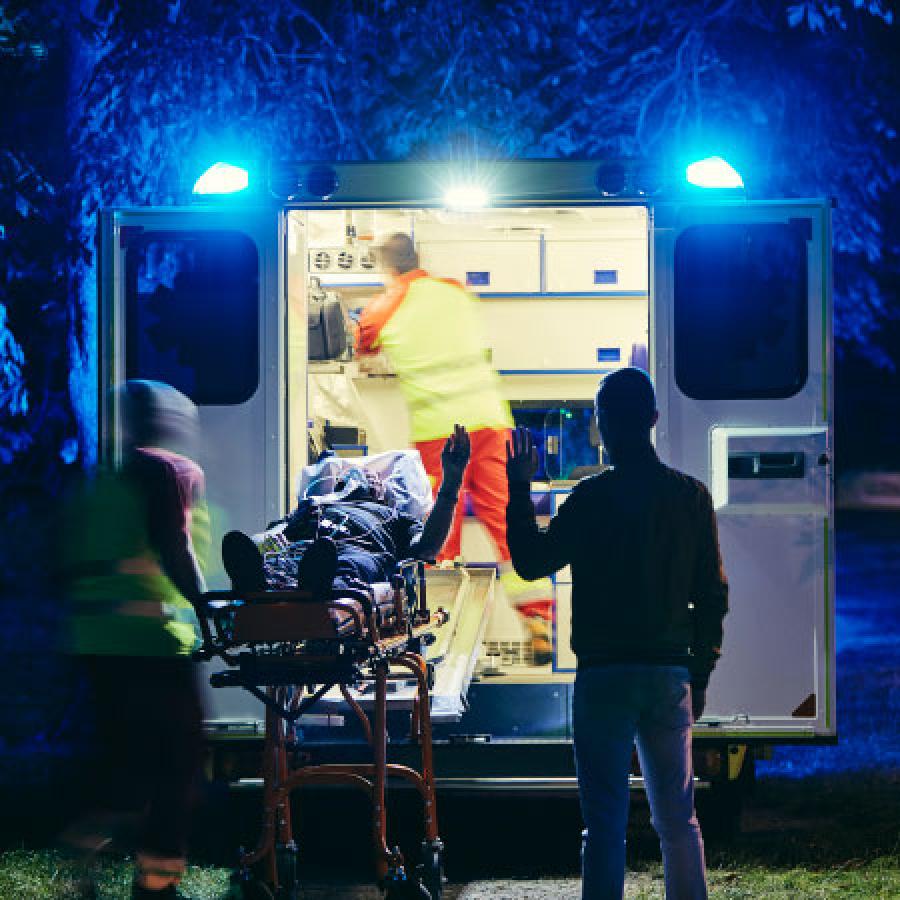A groundbreaking equity metric guides California’s pandemic response, building power and economic security for women through inclusive recovery, and tracking the flood of donations in support of racial justice, in this week’s Covid, Race, and the Revolution.
Issue No 26. October 15, 2020
Stop the Recovery Roller Coaster
By Angela Glover Blackwell
I’m excited to lift up California’s groundbreaking new public health strategy aimed at ensuring that the health of people most impacted by the Covid pandemic won’t be ignored in the rush to reopen the economy.
The Covid recovery feels like a never-ending roller coaster. When infection rates drop, we move quickly to get kids back in the classroom and shoppers back in the mall. But then the numbers go up again, and we’re back to more restrictions.
The way we break this cycle and advance toward sustainable recovery is by embracing racial equity as an important factor in decisions about reopening. That’s what California is doing through its new Equity Metric. It won’t allow counties to move toward broader reopening until they show they are focusing resources on neighborhoods with the highest rates of Covid infections. Latinx people make up 39 percent of the state’s population but 61 percent of Covid cases.
The Equity Metric requires demonstration that counties are focusing on hard-hit communities with testing, contact tracing, and a steady push for essential prevention actions such as social distancing, wearing masks, and washing hands. The upshot: people of color, who are disproportionately suffering not only from the virus but also the economic fallout, will get the attention, resources, and support they deserve to get healthy and stay healthy.
This Equity Metric emerged from California Gov. Gavin Newsom’s Task Force on Business and Jobs Recovery. Early in the life of the task force, it adopted strong equity principles to guide the work: put people first; explicitly address racial and ethnic discrimination and disparities; expand opportunity in places facing extreme poverty and inequality; and prioritize shared prosperity and economic inclusion.
Getting agreement on these principles was particularly significant. While the 100-plus members of the task force are drawn from multiple sectors including labor, philanthropy, and policy advocacy, most are business leaders.
The Equity Metric marks a big step toward achieving an equitable recovery. It is an acknowledgment that California and the nation will heal and thrive only if we make sure all communities heal and thrive. Manuel Pastor, director of the USC Equity Research Institute, and I serve on the task force and wrote this Los Angeles Times op-ed explaining why the Equity Metric represents the innovative thinking and bold action our state and nation need.
Angela Glover Blackwell is Founder in Residence of PolicyLink.
News, Analysis, and Commentary, Curated from Around the Web
Health care on the line
The fate of the Affordable Care Act (ACA) is in the spotlight during this week’s Supreme Court confirmation hearing for Judge Amy Coney Barrett. The Senate is rushing to vote on her nomination on the eve of the presidential election, during a pandemic killing Black, Latinx, and Native people disproportionately, and with the Court scheduled next month to hear a major challenge to the ACA. The law, a signature achievement by President Obama, has resulted in significant gains in health coverage for people of color, according to a study by the Kaiser Family Foundation.
The New York Times breaks down what would happen if the Court strikes down the law. As many as 133 million Americans, roughly half the population under 65, could be ineligible for health insurance or pay a lot more because they have pre-existing conditions; 21 million people, many of them low income, will almost certainly lose their insurance; and more than 12 million very low-income people could lose Medicaid coverage, including 800,000 who get treatment for opioid addiction through the program. And millions of Americans will see the return of insurance caps, which limit benefits and leave consumers to pay — often to the point of bankruptcy — for expensive life-saving treatment.
The ACA, especially its provision for Medicaid expansion, provided a lifeline to some of the more than 25 million people forced out of work by Covid last spring, Kaiser Health News reports. But as temporary job losses have become permanent, stripping people of employer-based health insurance, the ranks of the uninsured have increased. The upswing will continue if the economy doesn’t improve and Congress fails to deliver more direct aid to Americans, underscoring the need to strengthen the ACA as an essential safety net, not shred it.
Visibility, power, and economic security for women of color
Women are bearing the brunt of the Covid economic crisis and must be at the forefront of the recovery, Rhode Island Governor Gina M. Raimondo and SEIU President Mary Kay Henry write in a Washington Post op-ed. “Nationwide, wages must be raised, the right to form a union must be secured, and access to basic benefits such as paid sick leave and affordable health care must be guaranteed and protected.” SEIU and Rhode Island have worked together to make sure child-care workers can readily choose to join a union and are partnering again to build a union-run training program that helps home health aides become independent providers, eliminating agency middlemen and improving wages.
Truthout explores how capitalism made women of color more vulnerable to the Covid recession. On the Children’s Defense Fund blog, Loy Azalia and Ciara Mackey-Hall reflect on Breonna Taylor and the invisibility of Black women and girls in America. “In the same breath that Black women are revered and honored for their effort to reimagine and create a better future for their children, families and communities, they are also dehumanized, undermined and dismissed and in many ways, unfairly described as superhuman. Black women have struggled to be seen as whole humans who experience a multitude of different emotions, feelings, highs, lows, joys and challenges and it is time that their humanity is treated as such and they are no longer deemed invisible.”
Bias baked into medical care
The uncertain future of the ACA, coupled with Covid’s outsized impact on Black and Brown people, has brought new attention to racial health equity and health-care access. A Stat investigation finds that hospitals around the country are using analytics software in ways that bake racial bias into decisions about who gets rigorous care. “The bias is not intentional, but it reinforces deeply rooted inequities in the American health-care system, effectively walling off low-income Black and Hispanic patients from services that less sick White patients routinely receive.”
Biases, myths, and systemic inequities also distort the medical community’s perceptions of Black people’s pain, leaving many patients to suffer needlessly and with disastrous outcomes, Oluwafunmilayo Akinlade, a physician at Johns Hopkins School of Public Health, writes in the New England Journal of Medicine. A 2016 study documents that medical trainees commonly — and ludicrously — believe that Black people have higher pain tolerance because their skin is thicker and less sensitive. She calls on clinicians to identify their own bias and advocates for the redesign of medical education to diversify admissions and leadership and be intentional about eliminating racism.
History.com reminds us that medical racism isn’t new. During the last pandemic to rip through the country, the 1918 influenza virus, Black people were less likely than Whites to catch the virus but far more likely to die — because most hospitals refused to admit them or stuck them in the basement with minimal care.
In the latest issue of JAMA, Lisa Cooper and David Williams reflect on loss of life and persistent grief that the nation’s unrelenting racial health disparities cause. The authors call for a national plan of “restorative justice” to promote healing, with investments in early childhood education, financial assistance for college and vocational training, debt forgiveness for student loans, affordable housing and healthy neighborhood environments, equitable criminal justice, and universal health-care access, and a health-care system that supports the physical, social, and emotional well-being of all.
Why diversity matters in vaccine research
Covid-19 is now the third leading cause of death in the US, surpassing stroke, Alzheimer’s, diabetes and, by a long shot, flu, Scientific American reports. An analysis by APM Research finds that a stunning one in 1,020 Black Americans have died, the highest fatality rate of any racial group.
Recruiting Black volunteers for vaccine trials is critical but challenging against the backdrop of medical racism and a history of abusive experimentation — only about 3 percent of participants in US vaccine studies are Black. Stat reports that when the presidents of two historically Black universities in New Orleans, Xavier and Dillard, enrolled in vaccine trials and encouraged their campus communities to follow, they got fierce backlash. “Our children are not lab rats for drug companies,” said one of hundreds of outraged posts on social media.
The New York Times reports that academic researchers at trial sites are engaging neighborhood leaders to ease mistrust and recruit diverse volunteers. In Pittsburgh, for example, the Urban League and the New Pittsburgh Courier, an African American weekly, have disseminated information about the trials. Fast Company talks with Paulette Chandler, a primary care physician in Boston, about why diverse participation is so important. NPR's Lulu Garcia-Navarro interviews Renee Mahaffey Harris, president of the Center for Closing the Health Gap, about how to increase Black and Latinx representation.
Vox examines the debate over whether people of color should be first in line for a Covid vaccine when one becomes available. The disease’s disproportionate impact is not due to anything biological that makes Black, Latinx, or Native people more susceptible, but to complex, intersecting economic and social factors rooted in systemic racism and oppression. “A society that has foisted all these conditions on minority groups, which now make them more vulnerable to Covid-19, has to ask itself: When a vaccine is discovered, should people of color get priority access?”
Covid and the erasure of tribal nations
High Covid infection and death rates among Native Americans have exposed longstanding problems in the Indian Health Service, the federal program tasked with providing health care to the 2.2 million members of tribal communities, the New York Times reports. Decades of neglect from Washington have resulted in severe shortages of funding, equipment, doctors, nurses, hospital beds, and state-of-the-art facilities, leaving tribal nations at a lethal disadvantage in responding to the coronavirus.
Meanwhile, as South Dakota became the nation’s top spot for most Covid cases per capita last week, a small hospital serving the Cheyenne River Sioux Tribe had to transfer several patients to Minnesota for state-of-the-art care. South Dakota health officials said they had plenty of hospital capacity for Covid patients, but 14 in-state facilities said they could not accommodate the patients from the tribe, the Argus Leader reports.
State and federal officials have not collected data on the pandemic’s full impact on Indigenous communities, and tribal leaders have been fighting to obtain the scant information that exists. “The data is a national disgrace,” and a vivid illustration of the centuries-long efforts to erase Native people, Abigail Echo-Hawk, a citizen of the Pawnee Nation of Oklahoma and director of the Urban Indian Health Institute, tells Science. “If you eliminate us in the data, we no longer exist.” Comprehensive data continues to be a problem nationwide — race and ethnicity information is missing for about half of reported Covid cases, hobbling researchers trying to understand the full impact of the disease on people and communities of color, Science writes.
Students wait for laptops and vanish from public schools
Skyrocketing worldwide demand for low-cost laptops and Chromebooks for students has created monthslong shipment delays and competition among school districts, the New York Times reports. Not surprisingly, wealthier districts often win out, undermining students in rural areas and communities of color, who have less access to the devices and high-speed internet that facilitate remote learning.
Enrollment in public schools is dropping around the country as the pandemic drags on: Los Angeles Unified School District has lost nearly 11,000 students; Miami-Dade County is down 16,000, and declines are reported from Utah to North Carolina and Virginia, an NPR investigation finds. Pre-kindergarten and kindergarten have logged the biggest losses. School districts, which are generally funded on a per-pupil basis, stand to lose sorely needed money. And the disruption in early childhood education, which decades of research have shown to be crucial for skill development, academic achievement, and long-term success — could have lifelong consequences for low-income children of color.
Covid has had one silver lining for schools: closures have awakened the public to the essential role that schools play beyond education, providing food, health care, childcare, and other services, Brookings writes. A new report examines how education can harness this new appreciation for schools — and teachers — to emerge stronger than before the pandemic.
Evictions loom ... again
Millions of families are threatened with eviction once again, as landlords and housing industry groups flood the courts with lawsuits against the Trump administration’s order protecting low-income renters from losing their homes during a pandemic, according to the Washington Post. An update on the administration’s policy appeared to give landlords a signal to start eviction proceedings against some renters, even though a moratorium remains in effect through December. In a new US Census Bureau survey, about one in three adults say it is somewhat or very likely that they could face the threat of eviction or foreclosure in the next two months.
A new report by the American Public Health Association traces the links between racist housing policy and health disparities and lifts up solutions to advance health equity through equitable housing investments. Covid and its disproportionate impact have inspired Oakland, California, to step up efforts in equitable urban planning, with robust community engagement, Next City writes. Fifteen sites around the city have been designated an “essential place” in an initiative to improve pedestrian safety in dangerous corridors, many of them in low-income neighborhoods of color.
Investing in the movement — and the nation’s future
On the website The Conversation, researchers Kim Williams-Pulfer and Una Osili track the outpouring of donations from individuals, corporations, and foundations in support of racial justice in the wake of the George Floyd killing. On the receiving end: crowdfunding related to victims of police violence; grassroots groups such as Movement for Black Lives and Black-led civil rights organizations and think tanks; and historically Black colleges and universities. In the past, HBCUs received fewer multimillion dollar gifts than other institutions but reported at least 33 major donations, totaling $347 million, this year.
YouTube announced the #YouTubeBlack Voices Fund, a $100 million initiative to center and amplify Black voices and perspectives on YouTube, alongside a commitment to better protect Black creators, artists, and users on the platform. JPMorgan pledged $30 billion over the next five years to address the main drivers of the nation’s massive wealth gap, Axios reports. It’s the largest corporate commitment — so far — to fighting inequality and racism.
Amid the massive protests this spring and summer, many foundations voiced vigorous support for racial and economic equity. Now they must back up those words with money, Fred Blackwell, CEO of the San Francisco Foundation, writes on the blog of the philanthropy innovation summit at Stanford University. “This includes supporting work to amplify the political and civic voices of communities that have been told that they don’t belong and who are proximate to the pain that our imperfect union has produced. These are communities that deserve the chance to make the decisions that most directly affect their lives.”
PolicyLink draws from articles, videos, interviews, and other sources across platforms, as well as from our network of equity leaders and activists, to bring you the latest information about COVID-19 and race. We offer this resource to:
- Provide easy access to information on the dual health and economic crises facing people of color;
- Put and keep racial equity at the center of our collective understanding of the pandemic and the policies needed for relief and recovery; and
- Lift up useful data and insights that can fuel equity advocacy and campaigns.
Please share with your networks and send your ideas and feedback. And follow us on Twitter, LinkedIn, Facebook and Instagram. #COVIDandRace
We hope you find the COVID-19 and Race Series an important tool for keeping up with news about the virus and its impact on communities we serve. As a non-profit organization, PolicyLink is honored to provide resources to support the needs of our nation's 100 million economically insecure individuals. Generous partners like you make our work possible.
Michael McAfee and Angela Glover Blackwell are grateful for the contributions of Fran Smith, Milly Hawk Daniel, Rachel Gichinga, Glenda Johnson, Jennifer Pinto, Heather Tamir, Ana Louie, Janet Dickerson, and Mark Jones to produce the COVID-19 & Race commentary.
